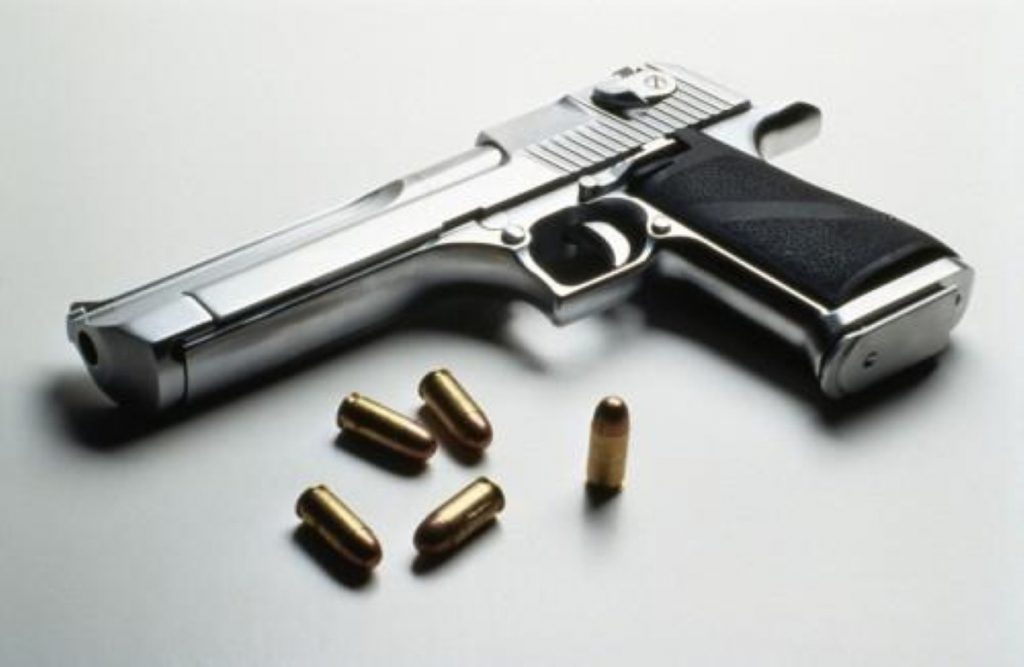Contradictory news on violent crime
Two new surveys have painted a contradictory picture of violent crime, with one saying it is up 12 per cent, and the other reporting a three per cent drop.
Official statistics on reported crime say that violent crime rose 12 per cent over the last five months, with over one million violent crimes being committed.
Over all crime rose by one per cent, but sex offences rose seven per cent to 52,070 – including an eight per cent rise in rape of women to 12,354 offences – and criminal damage jumped nine per cent to 1,205,576 offences.
The Home Office said the rise was down “to the continuing effects of recording changes and a greater willingness of victims to come forward, as well as record number of police officers to record offences.”


Under new recording guidelines, crimes involving little or no injury to the victim, such as pushing and shoving, are now recorded as violent crime unlike previously.
The second survey published today, the British Crime Survey, is based on interviews with 10,000 people, indicate that violent crime is down by three per cent, and over all crime is down by five per cent.
This is the favoured measure of the Government, who argue that it best reflects peoples’ perception and experience of crime.
The BCS also shows that risk of being a victim of crime is at its lowest since 1982. In 1995 the risk was 40 per cent, and this has now fallen per cent meaning, the Home Office says, that 5.3 million fewer people are falling victim to crime.
The Home Secretary, David Blunkett, said: “These are promising results which reinforce the major progress made in fighting crime since 1997. Crime overall is falling, as measured by the BCS, after a peak in 1995, and I am pleased that property crime, which makes up the vast majority of offences, is continuing to fall dramatically.”
On the rise in recorded violent offences, Mr Blunkett argued: “We should welcome the fact that crime which was not being recorded by the police three years ago is now registered. Coupled with record police numbers – nearly 140,000 – backed up by 3802 CSOs, this means that the police can target hotspots to cut opportunistic crime and anti-social behaviour, and provide vital reassurance to communities.
“The past year has shown unarguably we have been very successful in continuing to cut vehicle crime and burglary – crimes which traditionally affect the public the most. But we now need to focus more intently on low-level thuggery, anti-social behaviour and the sorts of alcohol-fuelled incidents that are recorded by the police as ‘violent crime’.”
“We are tackling the root cause of violent offences and targeting police resources where they’re needed most. Around half of all the police record as ‘violent crime’ results in no injury to the person and around half of violent crime is fuelled by alcohol. This summer, ACPO and the Home Office are co-ordinating the first national blitz on alcohol-fuelled violence which sees police working with partners including trading standards, the fire service and the drinks industry, to target irresponsible bars, supermarkets and clubs who sell to under 18s and encourage binge drinking.”
David Davis, Conservative law and order spokesman, said that: “No amount of Home Office spin can hide the fact that violent crime has risen by a staggering 12 per cent in the last year, breaking the one million barrier, and that overall crime is up yet again under Labour.
“Seven years of being tough on crime under this Government has led to the figures increasing year after year. It’s about time the Home Secretary stopped swamping us with initiatives and summits and got on with delivering the tough action he keeps promising.”












